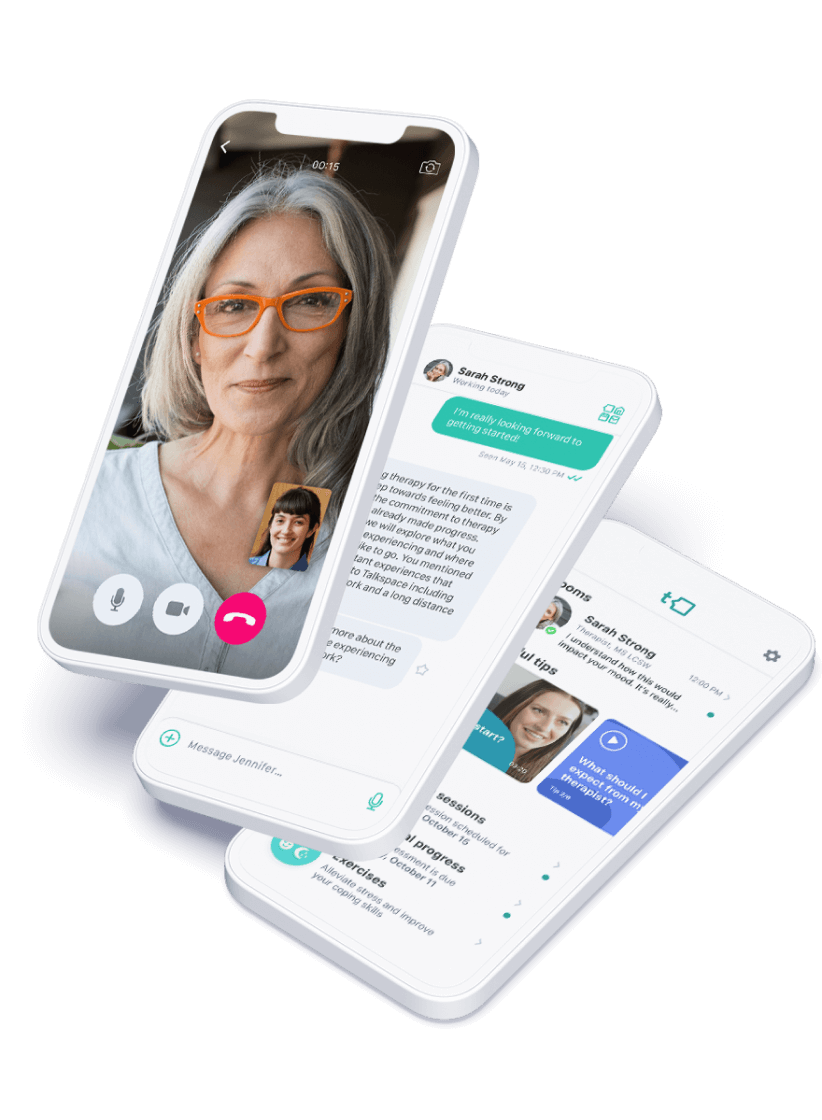The very nature of anthropophobia can be an obstacle to effective treatment. When someone is fearful or distrustful of others, they may not be willing to seek treatment from a professional. Symptoms tend to worsen with time, making it harder to get the care they need.
Thankfully, those who do receive treatment are likely to have a positive outcome, especially if the process is started early on. Although there are challenges to overcome, the success rate of treatment for phobias like anthropophobia is very high. People with anthropophobia can learn to overcome their fears and lead a rewarding life.
Social connections are a vital source of support and can give those living with any type of phobia meaning and purpose. Again, the nature of this specific phobia can make connecting with others challenging, but when people deprive themselves of those essential connections, it can have a dramatic impact on their physical and mental health. While it can be challenging to live with a fear of people, those who find the strength to seek treatment can learn to overcome their fears.


